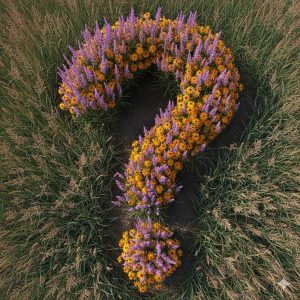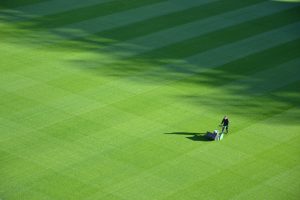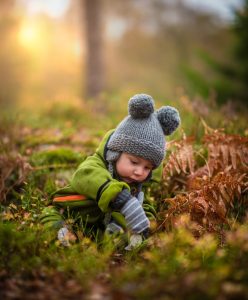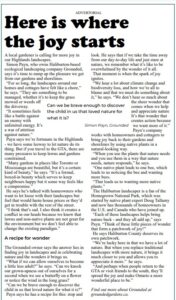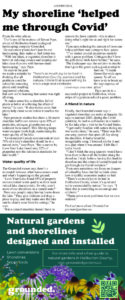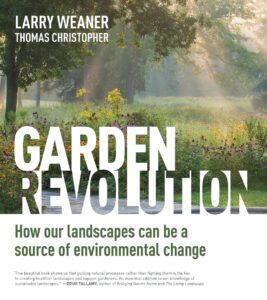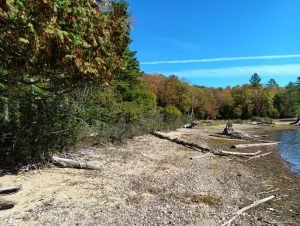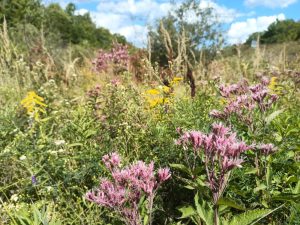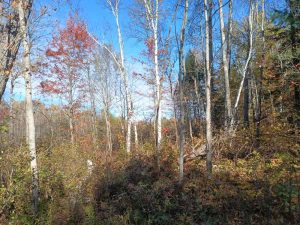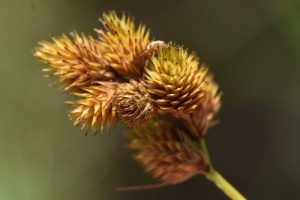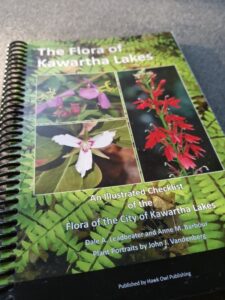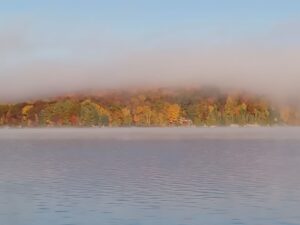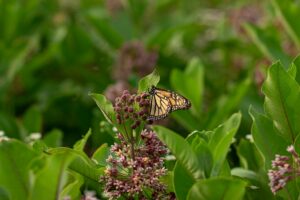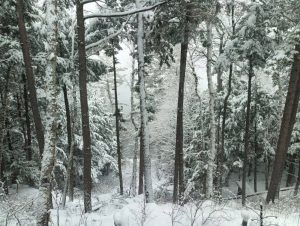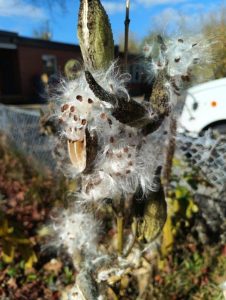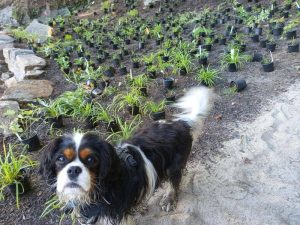Grounded Resources
Making Gardens
Try These Native Plants to Solve Those Thorny Problems
Some plants are useful. But they can also do more harm than good. Here are some native alternatives.
How to Make a Beautiful Landscape in the Shade
Shade doesn’t have to be about hostas and ferns. Instead, how about a sedge meadow?
Why Natural Gardens are (by Nature) Lower Maintenance
How we follow nature to create landscapes that mostly look after themselves.
How to combine ‘rewilding’ with landscape design
When we work on our designs, we identify their inherent patterns and then amplify them to create landscapes that are inherently pleasing.
Is that Plant Easy-Going or Is It Super-Fussy?
Here are three useful ways to make sure we choose plants that will thrive with little management.
18 Natural Garden Laws for Cottage Country
Here’s what we know about how to garden naturally – in 18 short paragraphs.
How It’s a Win-Win When We Follow Nature’s Calendar
Working with the seasons helps us create landscapes that are as beautiful to nature as they are to us.
How Plant Sociability Is Critical in Natural Gardens and Shorelines
Understanding sociability could be the difference between a self-sustaining plant community and a landscape that fights its own nature.
Native Plants for Shorelines that Flood
Many cottagers have shorelines that flood in the spring. Discover how to use native plants to make the most of the sogginess.
How Natural Gardens Celebrate Abundance
Nature is abundant. So are natural gardens. Here are four ways we celebrate “more” when we plant naturalistically.
Growing a Green Renaissance
Biggest Haliburton Natural Garden Questions Answered
I was interviewed by Canoe FM for a new show that will be launched in January 2026. Here are my answers.
Trapped on society’s mowercoaster ride: why lawns are an invisible cage
If we don’t have a neatly trimmed lawn, we can feel like we don’t fit in. How can we break free of this invisible cage?
Shifting Baselines: The Legacy We Leave
We’ve forgotten how much nature we’ve lost. Now ‘lake legacy leaders’ are bringing it back and leaving something for our children.
How to Create a Landscape that Belongs Here
To make your home truly belong in its surroundings, the finishing touch comes from thoughtful planting choices, creating a natural connection to the local environment.
Transform your shoreline, transform your legacy
Natural shorelines increase property value, protect water quality, and create a meaningful legacy. The new standard in cottage ownership is working with nature.
In praise of more
The new method of landscaping is about having more nature. And that makes us happy.
Finding Joy in Nature and in Native Plants
Why finding the joy in nature is the key to developing interest in native plants. A local gardener is calling for more joy in our Highlands landscapes. Simon Payn, who owns Haliburton-based ecological landscaping company Grounded, says it’s time to ramp up the pleasure we get from our gardens and shorelines. “For so long, the…
My Haliburton Cottage Shoreline Helped Me Through Covid
Haliburton cottage shorelines do more than keep the lake healthy. The nature they attract keeps us feeling good too.
Gardening for the environment: ecological landscapes beautiful to us and nature
A look inside the book Garden Revolution, a beautiful inspiration for those of us who want to garden for the environment.
Native Plants Are Messy: Is That True?
Native plant gardens are messy. That’s the number one claim that people such as myself face. But are natural landscapes really an unruly tangle?
Bringing Back Biodiversity
What the 30-metre shoreline buffer really means
The 30-metre shoreline buffer recommendation makes most cottage owners throw up their hands. Here’s where that number comes from – and what it actually means for your property.
On hydro, roads, beavers… and you
Not all disturbance is bad. Here’s what we can learn from hydro, roads… and beavers.
Why Succession is Key to Naturalistic Landscape Design in Haliburton County
“Arrested succession” is the secret to creating beautiful and biodiverse landscapes. It’s one of the most important things in my toolkit.
Goldenrod: The Myths and the Facts
Goldenrods face two cases of mistaken identity. Let’s clear up the mess and celebrate a valuable species.
Sedges for Haliburton, Muskoka and Kawartha Lakes
Sedges don’t get much glory. They’re everywhere in Haliburton, Muskoka and Kawartha Lakes but we seldom notice them. If we do notice them, we often confuse them with grasses. It’s time to shine a light on the genus Carex. Sedge Basics What Sedges Are The Morphology of Sedges Their Habitat and Distribution Their Ecological Importance…
Kawartha Lakes native plants: New guide gives detailed lists
The Flora of Kawartha Lakes, which lists plants native to the region, is also relevant to Haliburton County’s flora.
Haliburton Shoreline Naturalization: Better for the Lake, Better for You
An in-depth look at shoreline naturalization for Haliburton County cottages: why it’s important and how to do it.
It’s OK to mow in May − the best way to help pollinators is by adding native plants
If you are interested in supporting pollinators, it is important to consider the ecological context of your yard – and #NoMowMay may not be an effective strategy.
From Pollinators to Whole Ecosystems: Expanding Our Gardening Focus
In recent years, the surge in popularity of pollinator gardens has been a heartening development for environmental enthusiasts and gardeners alike. These gardens, teeming with bees, butterflies, and other pollinators, have become symbols of ecological awareness and conservation. Yet, as we delve deeper into the realms of sustainable gardening, a broader perspective emerges, one that considers not only pollinators but the entire ecosystem.
Leave the dead plant stems!
With this scarily warm weather we’ve been having, it’s tempting to get out there and do a bit of tidying up in the garden. Please wait!
Newsletters
Get updates by email
Fill out the form to get updates about Grounded and The Garden at Lucas House.











